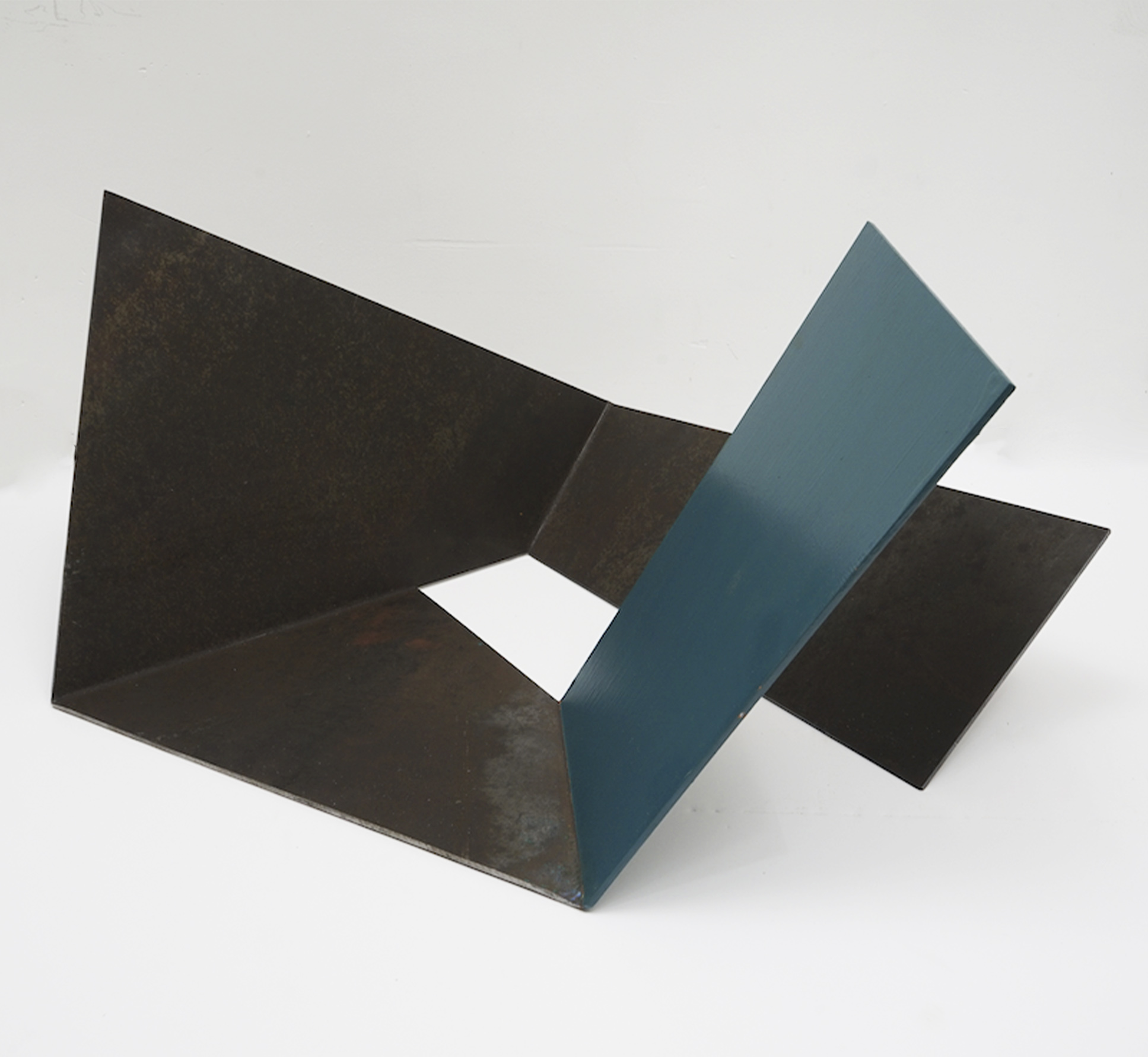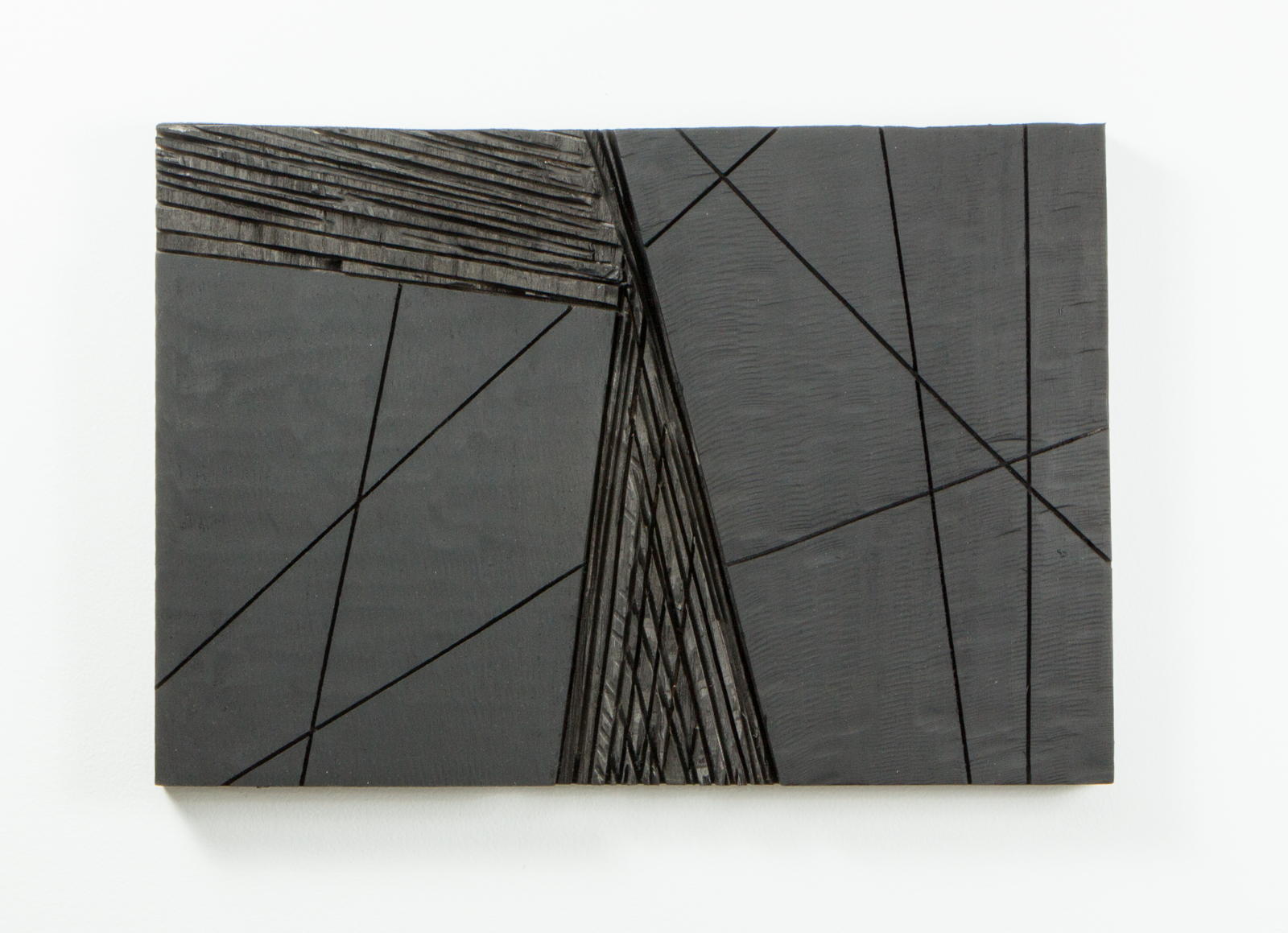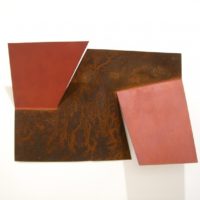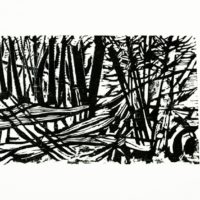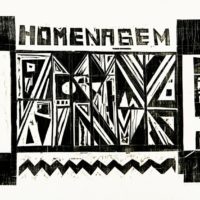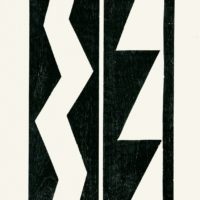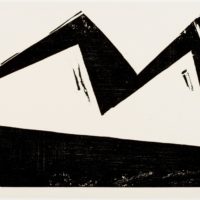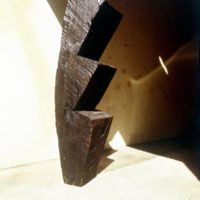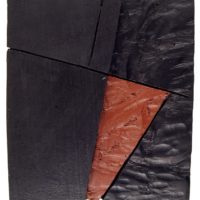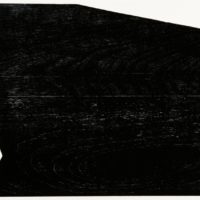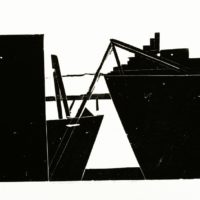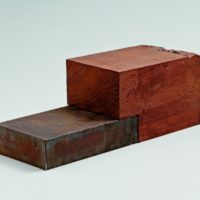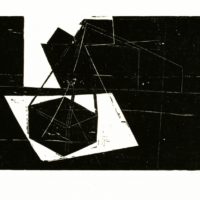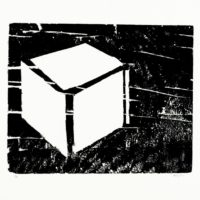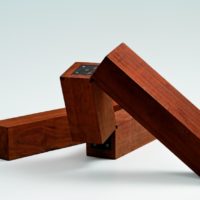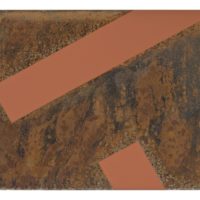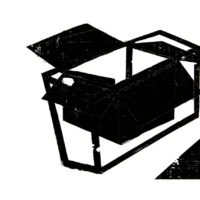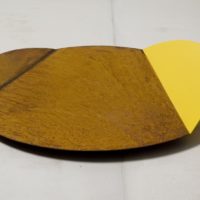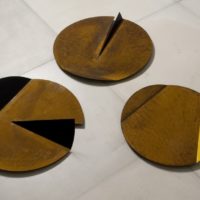
Available Works
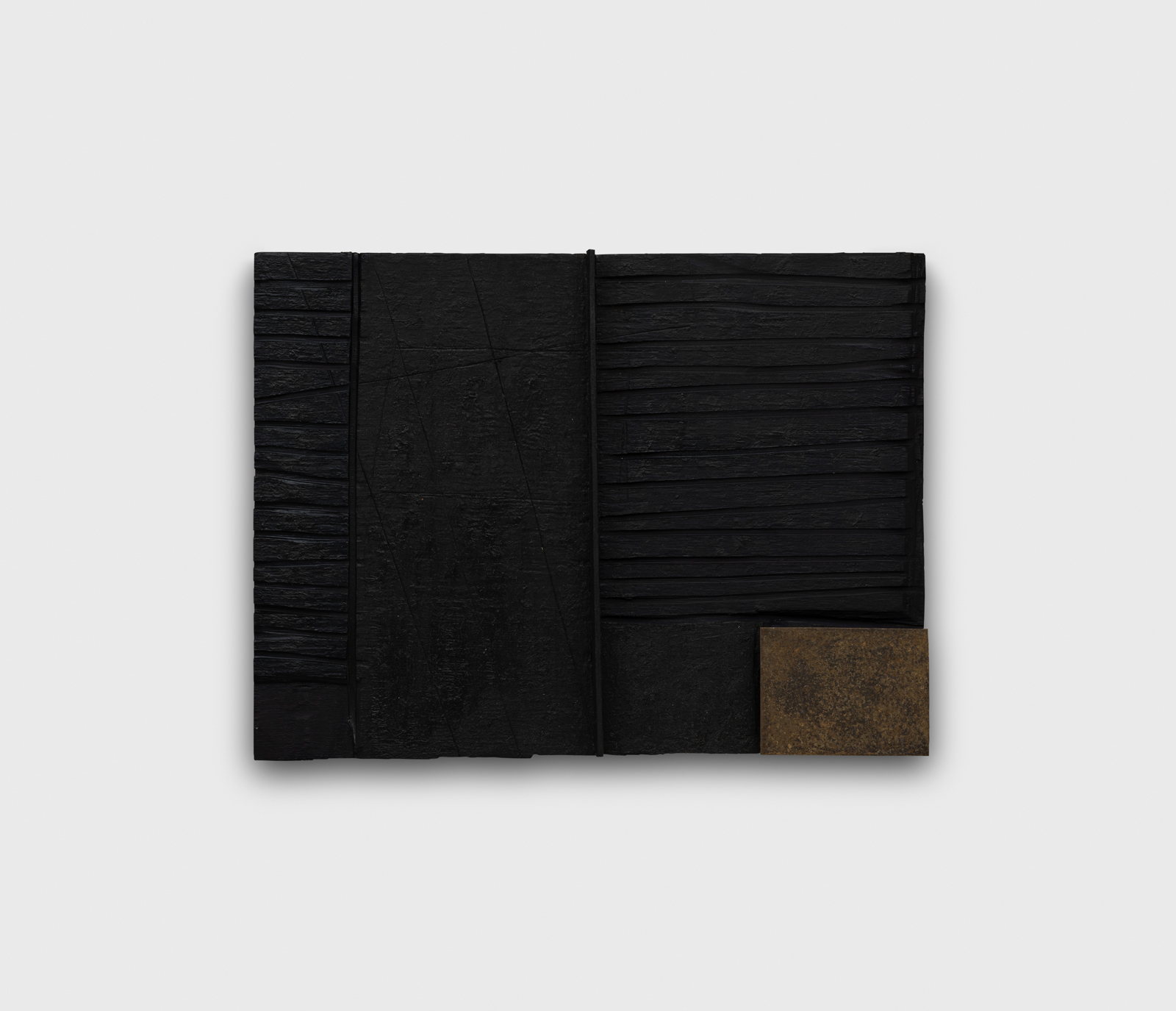
alberto martins_untitled_2016
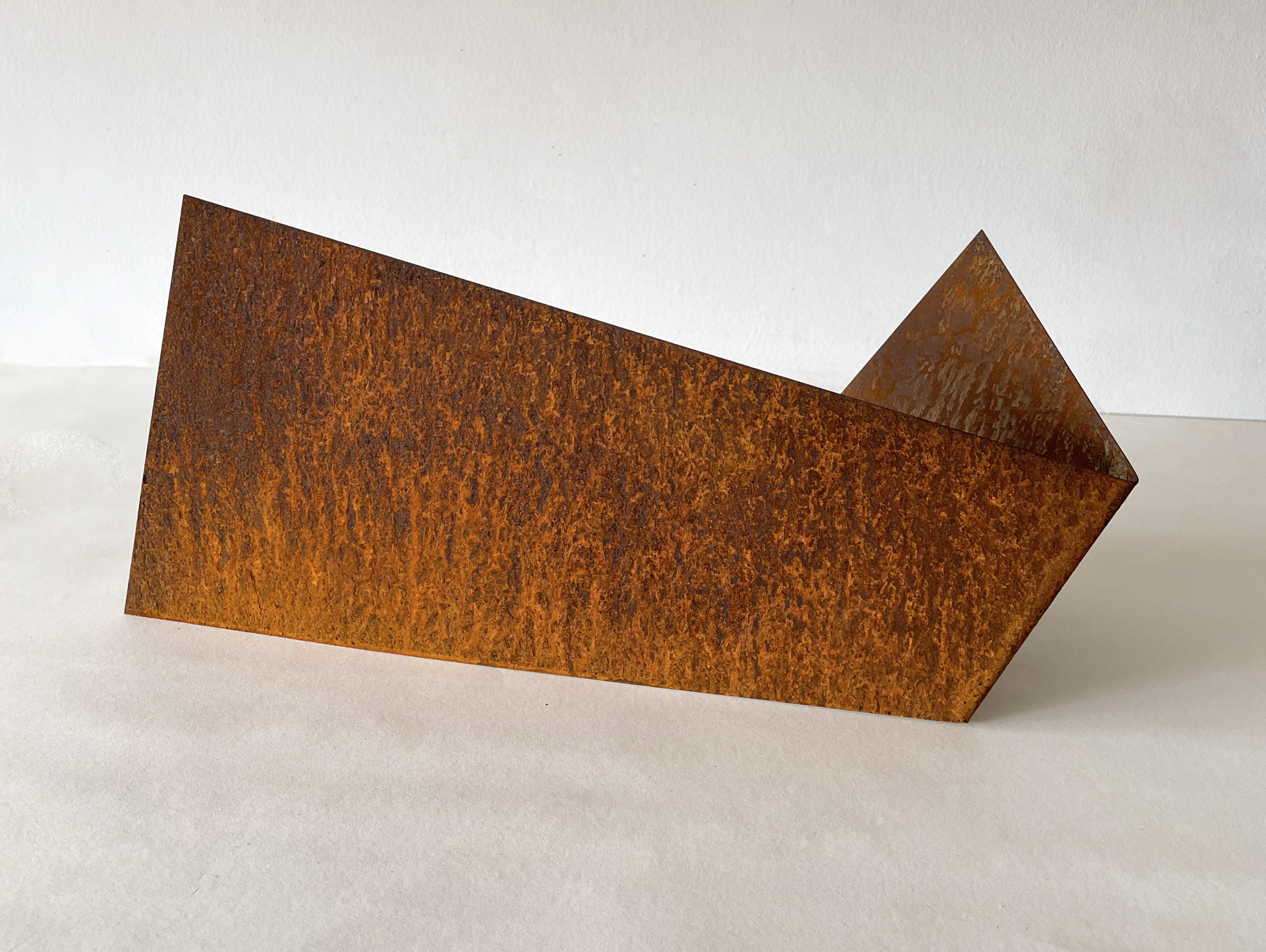
alberto martins _untitled – proas series _2021
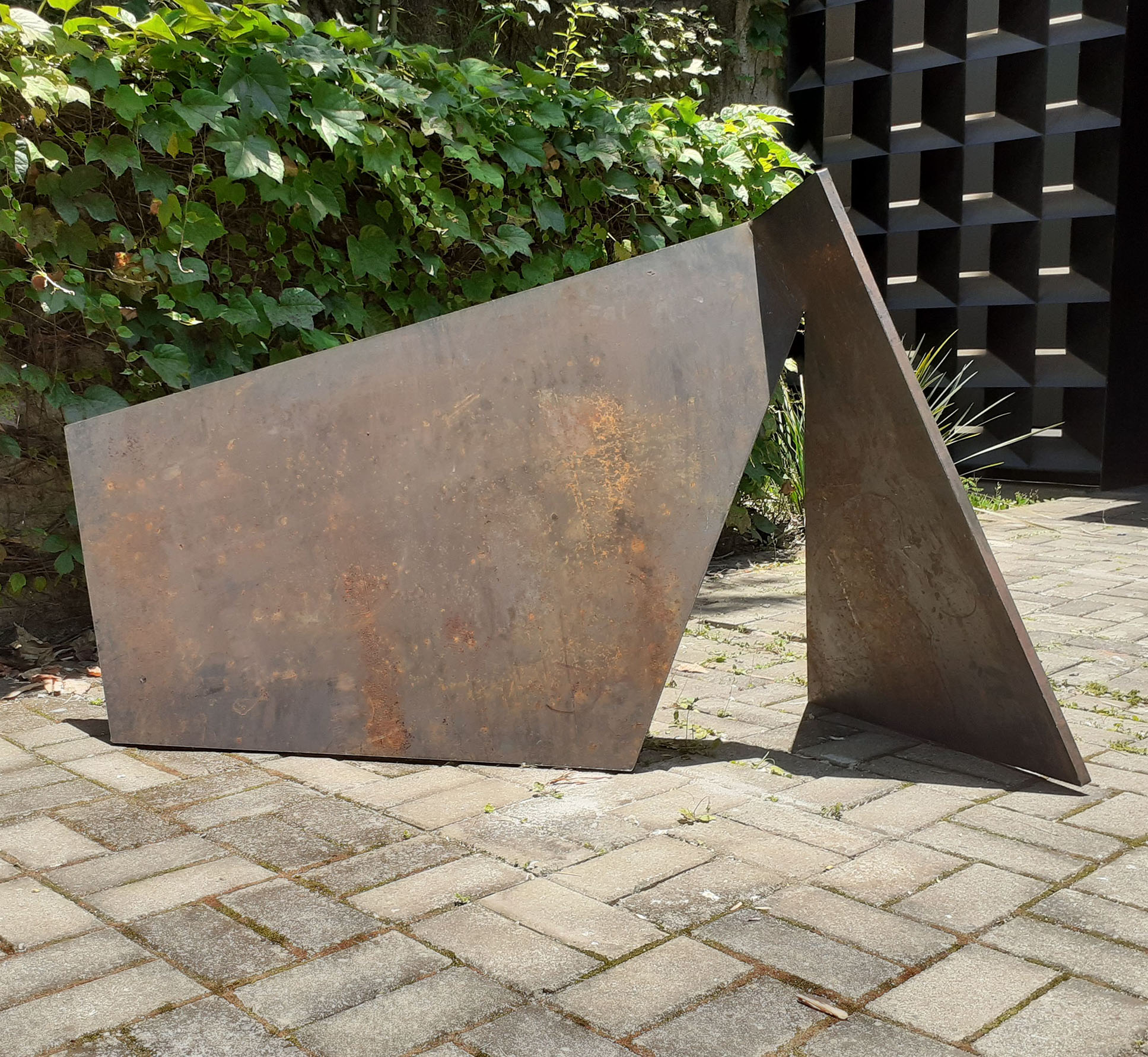
alberto martins_untitled_2021
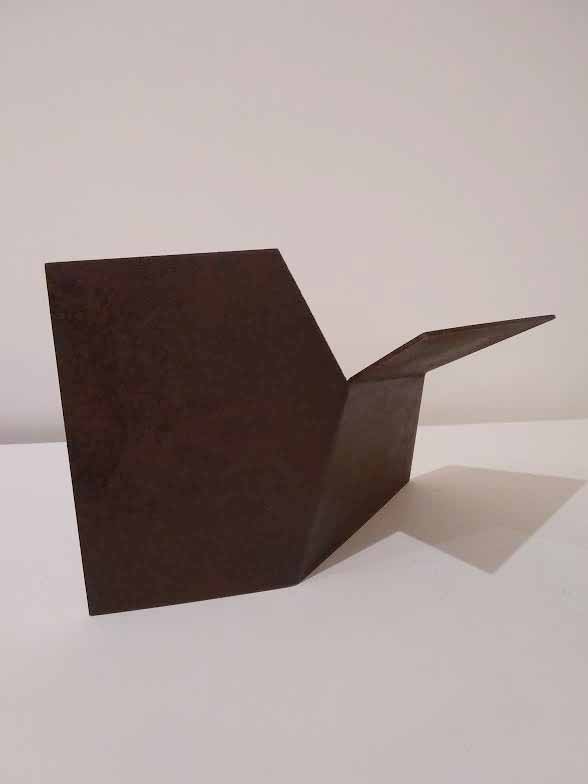
alberto martins _untitled – folha rasgada series_2021
Biography
santos_ brazil_ 1958_ lives and works in são paulo
Plastic artist and writer, he graduated in Language & Linguistics at University of São Paulo, in 1981. In the same year, he initiated his engraving practice under Evandro Carlos Jardim, at the School of Communication & Arts, also in the University of São Paulo. In 1985, he studied engraving at Pratt Graphics Center, in New York and, since his return to Brazil, he has participated in various national and international exhibitions. Estação Pinacoteca (in São Paulo) presented a retrospective named “Em trânsito” (2007), which showed engravings and sculptures produced by the artist since 1987. Galeria Raquel Arnaud has been representing Alberto Martins since 2007; in 2010, the gallery organized his solo exhibition named “Cor, Corte, Ferrugem”. In 2016, he presented Lascas, also at Galeria Raquel Arnaud, with 15 unpublished sculptures.
As a writer, Alberto Martins published books such as Poemas (published by Duas Cidades, 1990) and Goeldi: história de horizonte (published by Paulinas/MAC-USP, 1995) which received the “Jabuti” award. He also publishedA floresta e o estrangeiro (published by Companhia das Letrinhas, 2000) and Cais (published by Ed. 34, 2002) featuring xylographic prints by the artist. He was second best of Telecom Prize in Literature for his A história dos ossos (published by Ed. 34, 2005). The artist also published A história de Biruta (published by Companhia das Letrinhas, 2008); the poetry book Em trânsito (published by Companhia das Letras, 2010); Lívia e o Cemitério Africano (published by Ed. 34, 2013) and the theatre play named Uma noite em cinco anos (published by Ed. 34, 2009).
Exhibitions
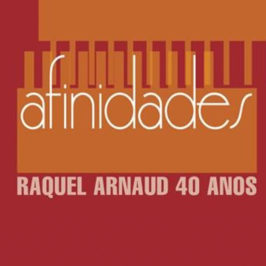
afinidades- raquel arnaud 40 anos
mar 19 - may 04_2014
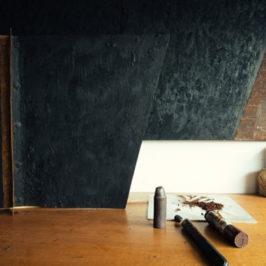
alberto martins_ lascas
nov 05 - jan 01_ 2017
Texts
Made from steel plates in regular, plane geometric formats (circles and rectangles), these pieces by Alberto Martins are spatialized by means of cuts and folds. However, their spatialization is not fully realized, leading them to entertain an ambiguous connection with their supports: the wall and the floor.
Having always worked independently at both the planar and volumetric levels, the artist now operates at an intermediate level, in vertical and horizontal reliefs that lie halfway between sculpture and engraving, like a hybrid form of the two. Of the trajectory of Martins work, it might be said that transitivity is, surely, one of the crucial features of his poetics. It is no coincidence that the 2007 retrospective of his work at the Estação Pinacoteca was called In Transit, presenting a delicate dialectic between mobility and fixity that echoed from engraving to sculpture and vice-versa.
In the present work, however, that theme of transience and material permeability is driven from the outset by its dialogue with the constructivist tradition (which is very strong in Brazil, and especially so in São Paulo). How can one cut and fold steel plates without measuring up against the work of Amilcar de Castro and Franz Weissmann, among others? That is but one of many interesting questions engendered by these hybrid pieces. As much by virtue of the scale as by their very formalization that is, by the angle of the cuts and the relationship between weight and counterweight that is established between the planes Alberto Martins reliefs lie this side of the resolute formal and structural autonomy of those sculptures. Are they engravings wanting to come unmoored from the walls, or sculptures without bases, still bound to the floor? In this sense, they would appear to be pointing to some sort of spatial stalemate, indicating a passage.
In setting the formal and structural autonomy of the constructivist sculptures between parentheses, Alberto Martins pieces open themselves up to various figurations. For instance, what is to prevent us from comparing his slightly bent circles, resting upon the floor, to a group of rays in motion, or to a lakeful of vitória-régia water lilies? The mimetic metaphor is not displeasing to the artist who, upon being questioned about this matter, recalled the famous photograph of the Lagoa de Amanium (a lake in the amazon) taken by Mário de Andrade in 1927, in which a myriad ofvitórias-régias are reflected, echoed as much in the boatmans circular hat as in the very shape of his face that regards the observer.[1] Thus, Martins says: Plane and surface are neutral terms. But a vitória-régia is a face, and the face is not neutral. It is a plane that turns toward something, and is not confined to itself. In the case of the vitória-régia: to air, to light, to the sky”.[2]
If in the series of engravings called Cais [dock] (1990s) the incessant hubbub of the docks, marked by the perpetual movement of cargoes and boats, appeared to be paradoxically neutralized in the form of immobility and calcification, rust now explicitly takes on the surface of the metal plates, adding to them a cloudy dimension, one that dialogues chromatically with the lead tetroxide, its physical opposite. A sign of the decomposition of matter, rust is also an indication of life, of changing states: the intrusion of a chemical process that reveals the organicity contained within the metal, its porousness, its impurity. Saturated with themselves, these incomplete animals by Alberto Martins do not even lend themselves to manipulation. They merely turn to us, like faces that express time running out.
notes
[1] See Mário de Andrade, O turista aprendiz. Belo Horizonte: Itatiaia, 2002, p. 81.
[2] In a statement to the author, February, 2010.
Publications
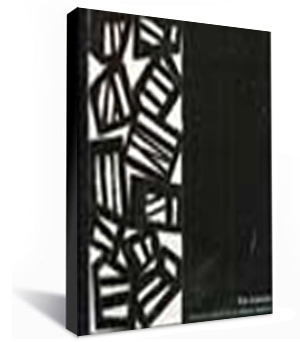
in transit
prints and sculptures by alberto martins
2007publishing company: estação pinacoteca
author(s): guilherme wisnik; marco buti


